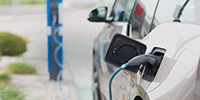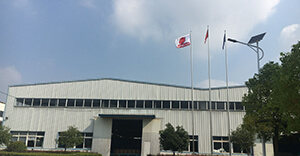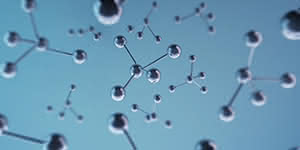What Is a Deep Cycle Battery? - BULLSPOWER
Deep cycle battery definitionA deep-cycle battery is a lead-acid battery designed to provide continuous power for long periods of time and operate reliably until it is discharged 80% or more, at which point it needs to be charged. It's important to note that although deep cycle batteries can discharge up to 80%, most manufacturers recommend not discharging below 45% to extend battery life. The discharge level is a "deep cycle", in contrast to other types of batteries, which provide only a brief burst of energy before they need to be recharged. Specifically, the starter battery will only discharge a small percentage each time it is used-usually 2% to 5%. When to use a deep cycle battery Deep-cycle batteries provide continuous energy, making them ideal for applications that require fast startup. The most common uses for deep cycle batteries include: ● Recreational vehicle ● Material handling, including forklifts For some applications, especially marine applications, hybrid batteries are another solution. Hybrid marine batteries can provide starter explosive power and continuous power for marine applications, but their service life is shorter than batteries with specialized functions. Deep cycle battery typeEven in deep-cycle batteries with similar functions, there are different types. The two most common types of deep cycle batteries are flooded deep cycle batteries and sealed or "maintenance-free" deep cycle batteries. By using a proprietary gel formulation, Wisdom Power's deep-cycle gel cells provide longer cycle life in heavy-duty applications than other gel technologies, making it the best in its class. Wisdom Power deep-cycle gel batteries have rugged durability and consistent performance, providing a universal choice for applications that require sealed batteries. How deep cycle batteries workThe biggest difference between a deep cycle battery and a typical starter battery is the amount of energy it releases and how it releases it. Deep-cycle batteries are specifically designed to discharge most of their capacity in a process called "deep discharge." On the other hand, starter batteries are only designed to release a small amount of energy at any time. When a starter battery is deeply discharged, it can be damaged, affecting the overall battery life and ability to charge to capacity. Most deep cycle batteries can be discharged to 75% of their capacity without suffering any damage. The "safe" energy for discharge varies by manufacturer-some batteries are designed to discharge at 45%, while others can release 75% or more of their total energy without any negative impact on long-term performance . What does a deep cycle battery mean? Deep cycling refers to the use of batteries in applications where the battery capacity is regularly discharged from 60% to 70% or more. Standard car batteries are SLI (Start, Lighting and Ignition) batteries. Its plates are designed to produce maximum power in a short time. Driving a car usually consumes less than 5% of the power of the SLI battery. If SLI batteries are used in deep-cycle applications, or in vehicles with attachments with strong power requirements, the battery life will be reduced in proportion to the depth of the periodic cycle. Does the battery BULLSPOWER® deep cycle have a "memory"? Lead-acid batteries have no memory effect. Many people think that they have memory because their capacity or working time decreases as the battery ages. Active paste materials in lead-acid batteries are consumables, similar to the tread on a tire. Each time the battery is cycled, a small amount of this paste is used. As automotive batteries age, fewer active pastes are used for charging and discharging, which results in reduced working time. This situation may be more pronounced in the case of high power or starter, lighting and ignition batteries in deep cycle applications. SLI panels are designed for high-current but short-duration discharges. How does a gel battery compare to a deep cycle battery? The internal resistance of most gel batteries is much higher, which means that they cannot effectively generate and receive current. This is especially noticeable at higher amperage levels. For example, most gel batteries will not work effectively in engine start applications. What should I buy? In this case, we recommend using a good deep-cycle battery. Although they are slightly more expensive, they will last longer than normal batteries in most cases if properly charged. Select the battery to be used as required. Gel batteries have several advantages over acid batteries: 1) They are resistant to damage caused by very deep discharges. 2) They can be charged faster and require less energy to fully charge. 3) They maintain a higher voltage when discharged, so your DC gadget can work better. 4) Less hydrogen is generated during charging. 5) They do not require maintenance. On the downside, they cost significantly more than acid batteries and have a service life of 350 to 500 cycles. Their charging voltage should not exceed 14.1 volts. Another option is to use deep-cycle acid batteries, which can withstand 350-700 full cycles if properly maintained. These batteries are usually from the industrial or alternative energy sector and are available in 2V, 6V or 12V configurations. Like any such battery, water must be added regularly for maintenance, especially as the battery ages. How big should my battery be? For deep cycle use, the general rule of thumb is that the amount of battery used should be three to four times the daily DC demand. If you use 12 amps per day, you need a 36-48 amp battery. |













